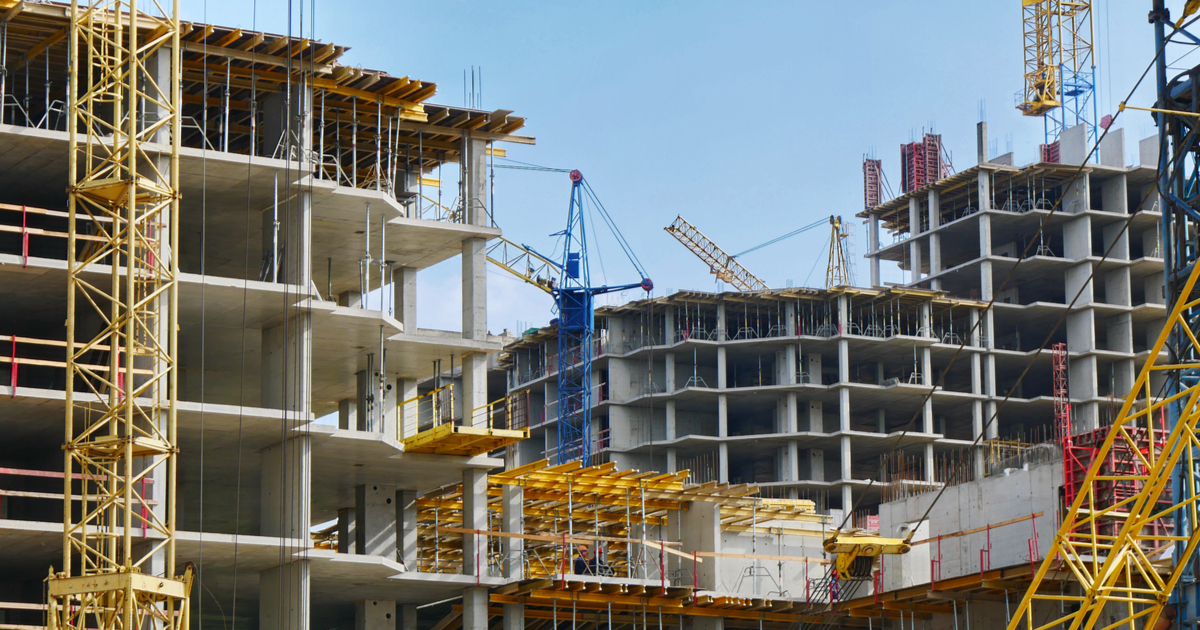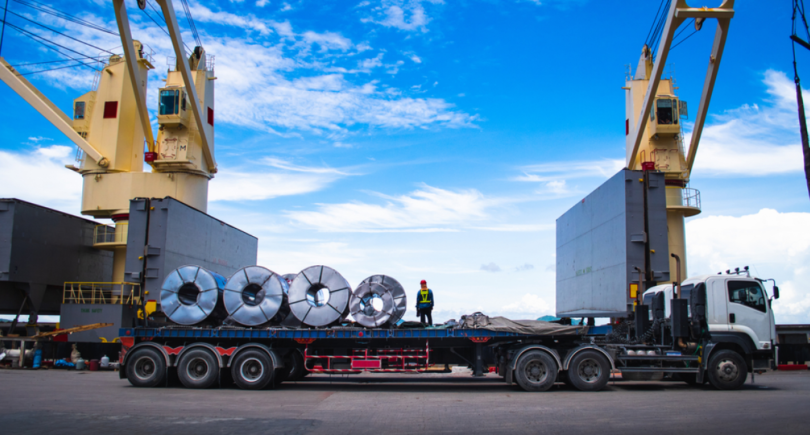
News Global Market construction 852 26 July 2023
Industrial and infrastructure projects in global economies cannot compensate for sector weakness
The downward trend in housing construction in major world economies is likely to continue, which will lead to a fall in demand for steel and will affect prices. Such forecasts are given by the British consulting company MEPS International, informs Hellenic Shipping News.
High inflation and rising interest rates create a poor outlook for housing construction in Europe, the US and China, and industrial and infrastructure projects cannot compensate for the sector’s weakness.
According to steel market analyst MEPS International Jonathan Carruthers-Greene housing construction is expected to remain in decline in 2023, although there is a chance of a recession later this year. Large infrastructure projects remain viable as many countries tackle the challenge of reducing industrial emissions. Such design developments, in particular in the renewable energy and infrastructure sectors, are a major source of demand in the EU’s stagnant construction sector.
Despite an increase in investment in civil engineering projects (+2.2%), the European Construction Industry Association (FIEC) expects a 2.5% decline in overall investment in the industry in 2023. The only EU countries that expect growth this year are Portugal (+3.4%) and Ireland (+2.5%).
Construction in the UK is also slowing down – PMI of the sector fell from 51.6 in May to 48.9 in June, housing construction activity fell to the lowest levels since May 2020.
FIEC cited the rising cost of energy and some materials as a key factor in the decline in construction activity in Europe. For example, MEPS data show that rebar prices are declining. Now they have fallen by 48% compared to the peak in April 2022, but remain higher than they were before the pandemic.
China’s construction sector is experiencing a big downturn. According to the National Bureau of Statistics (NBS), real estate investment fell 7.9% year-on-year in the first half of 2023. In January-June, steel prices in China remained significantly higher than before the pandemic. However, prices for rebar fell by 10.5% – to 3,170 yuan/t and for wire rod – by 9.9%, to 3,360 yuan/t. Despite the actions taken by the authorities to support the real estate sector, the decline in demand in the construction sector has already affected the steel market. Steelmakers will hope for the recovery of the market in September, when the rainy season will pass.
The construction industry in the US was supported by favorable legislative initiatives for industrial construction (the law on investment in infrastructure and jobs, the law to reduce inflation, etc.). In the first quarter of 2023, investment in industrial construction almost doubled the 2005-2022 average, amounting to $166 billion. However, private housing construction fell in June.
Without state support for housing projects, limited growth in the construction sectors of major economies can be expected in the near term, the MEPS concludes.
As GMK Center reported earlier, the production in the construction sector of the EU in May 2023 decreased by 0.4% compared to the same period in 2022. This is evidenced by data from Eurostat. Compared to April 2023, EU construction seasonally adjusted production increased by 0.2% in May.




